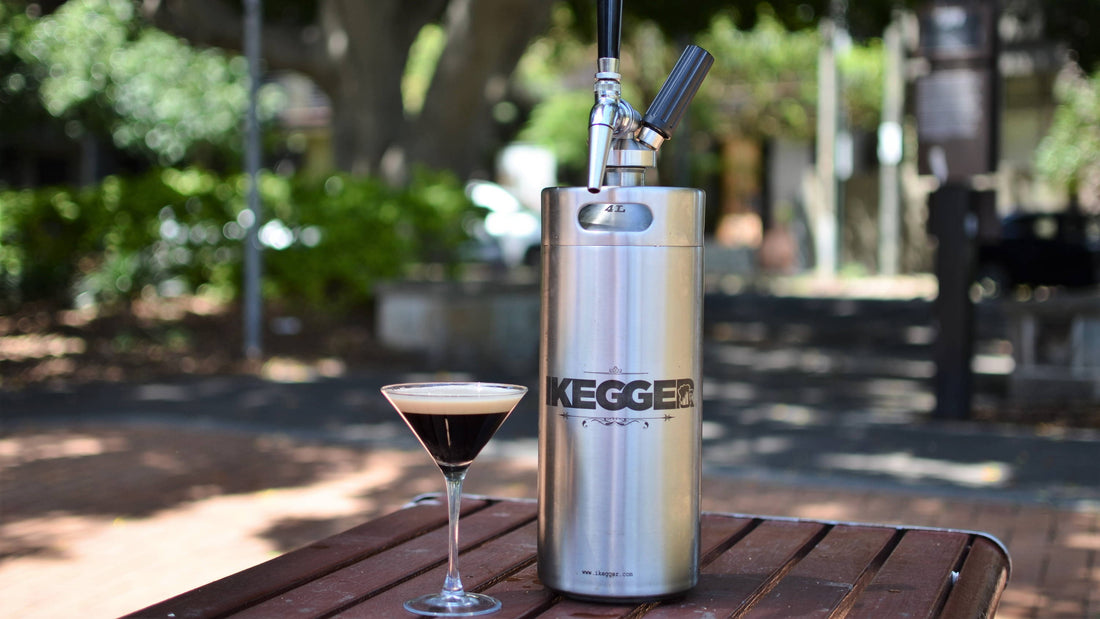So by now you’ve probably seen “cold drip” or “cold brew” coffee popping up in your local cafes. And now the latest craze of “nitro coffee” So what are they and why should you care?
They are all virtually the same thing made slightly different ways with the sole purpose of making a cold coffee that is smooth and flavourful enough to drink without milk, cream, sugar etc.
The usual way till recently of getting a cold coffee has been to pour a shot of espresso over ice. This has two major downfalls.
Espresso is made by pushing blistering hot steam and water through finely ground roasted coffee beans. It is by far the most “violent” method of extracting the flavour from beans and the steam pulls with it many bitter and acidic flavours.
Because the boiling hot coffee is poured onto ice to chill it is instantly diluted as the ice melts.



1 comment
having trouble getting through on chat or phone – would like to discuss options for nitro cold brew for our café – we currently make our own cold brew from our own roasted beans, cheers, Mark